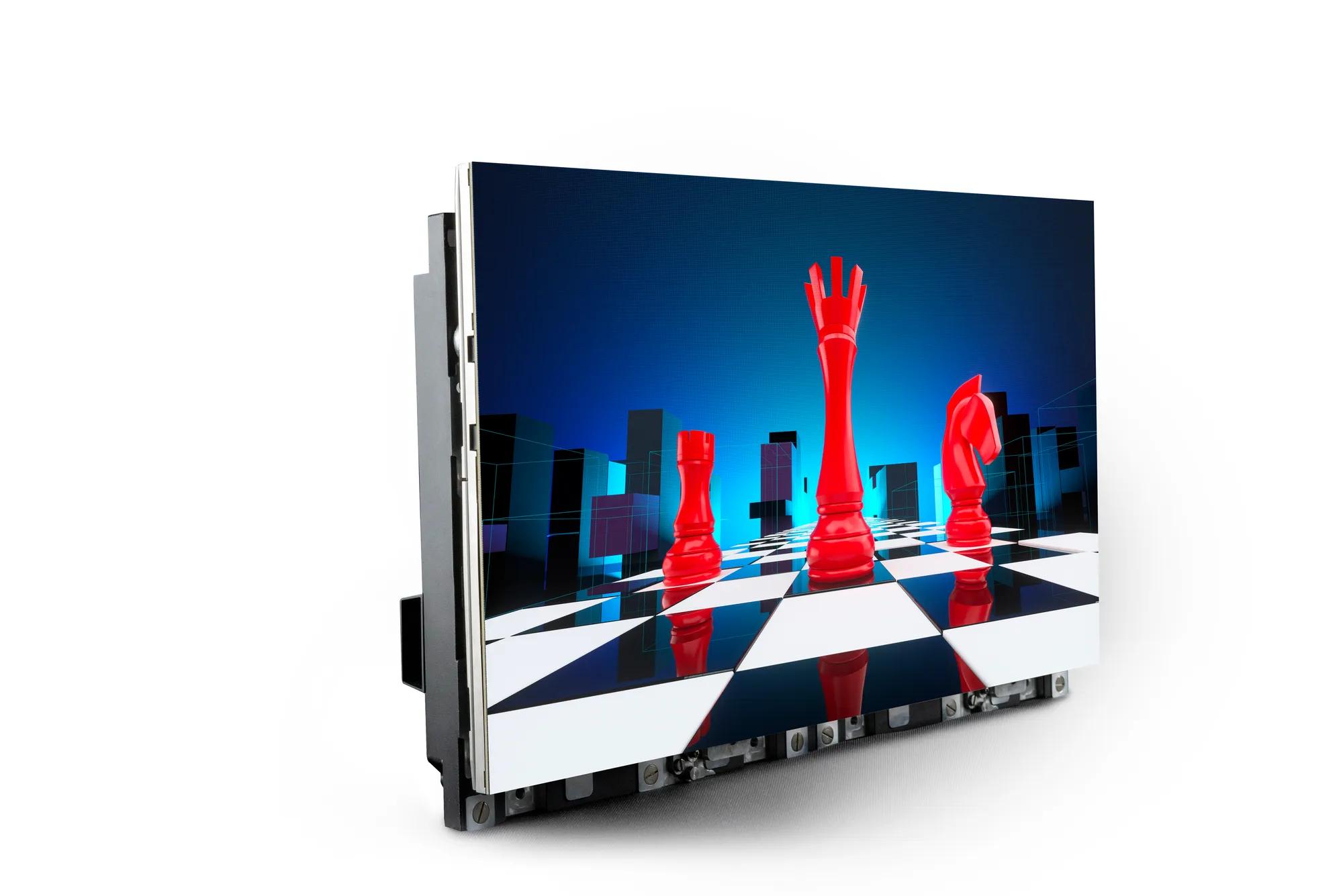Investigating the Effectiveness of Diverse LED Wall Adjustment Methods for Optimal Sight Performance
Wiki Article
LED displays have grown progressively favored in multiple environments, such as theaters, concerts, and corporate events. These expansive screens provide vibrant colors and sharp images, making them ideal for visual displays. However, to attain the optimal visual quality, proper calibration of LED screens is crucial. Tuning refers to the method of modifying the screen settings to ensure that colors, brightness, and contrast are precise and consistent. Various tuning methods can significantly impact the overall standard of the visual experience, making it important to investigate the effectiveness of these methods.
One common technique for tuning Light Emitting Diode screens is manual tuning. This approach involves modifying the settings by hand, often using specialized instruments and programs. Technicians typically examine the screen's color accuracy and brightness levels, making adjustments based on their observations. Manual tuning allows for a significant degree of personalization, as technicians can tailor the parameters to the specific environment and content being displayed. However, this approach can be labor-intensive and requires a proficient technician to achieve best results. In spite of its challenges, handheld tuning can lead to impressive display quality when done properly.
Another popular calibration method is the application of automated calibration. This method uses software and sensors to measure the display's functionality and make modifications instantly. Automated calibration can conserve time and reduce the potential for manual error, as the software can rapidly evaluate the display and apply the necessary modifications. This method is particularly useful in environments where the LED screen is often used for different types of material, as it can adjust to various illumination conditions and material requirements. While automated tuning may not provide the same level of customization as handheld calibration, it can still provide excellent outcomes for many uses.
A third technique worth noting is the application of hue calibration tools. These devices, such as color measurement devices and spectral analyzers, assess the hue output of the LED wall and help ensure that the hues displayed are accurate. By using these instruments, technicians can detect any inconsistencies in hue representation and make the necessary adjustments. This method is especially crucial for uses where color accuracy is critical, such as in visual design or video creation. Color tuning instruments can enhance the total display quality of LED walls, ensuring that the viewers sees the desired hues and details.
In conclusion, the find out here effectiveness of different LED screen tuning methods plays a crucial role in achieving optimal display quality. Handheld tuning offers customization but can be time-consuming, while automated tuning provides speed and consistency. Additionally, color tuning instruments help ensure accurate color reproduction, which is vital for many applications. By understanding and utilizing these calibration techniques, technicians can improve the display experience for audiences, making Light Emitting Diode screens an even powerful tool for interaction and entertainment. As technology continues to progress, ongoing research and development in calibration methods will likely lead to more improved visual quality in the time ahead.
